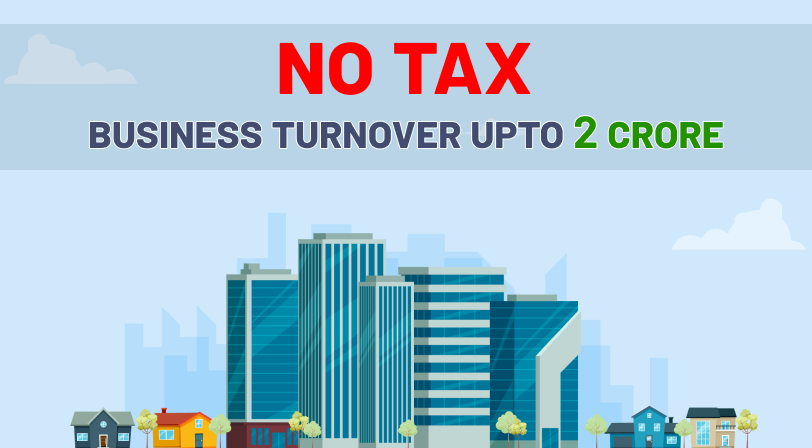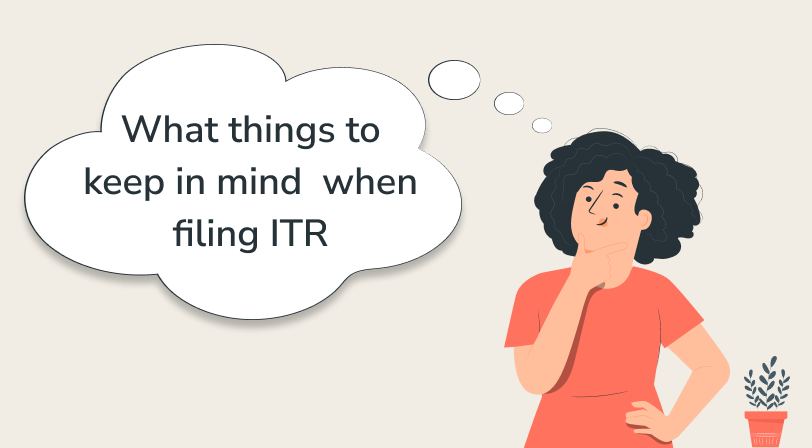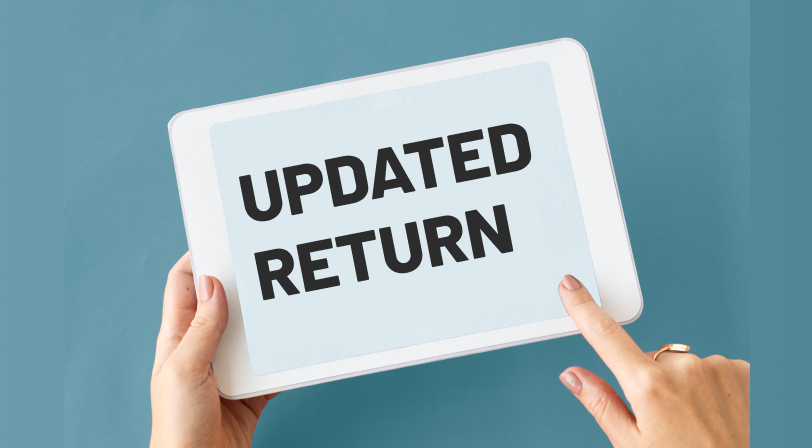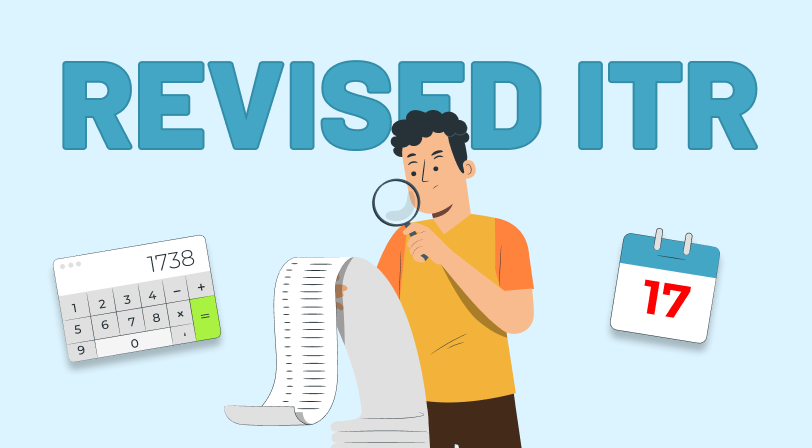The 8-4-3 Rule of SIP – How Does It Work?
What is the 8-4-3 Rule? It’s a simple investing principle that shows how time, discipline, and SIPs can create long-term wealth: Invest ₹8,000/month for 20 years at 12% annual return, and you’ll build approx. ₹1 crore corpus. Here’s how the 8-4-3 rule breaks down: Number Represents 8 ₹8,000 monthly SIP 4 ₹4 lakh invested every 4 years 3 ₹3x growth every 10 years (via compounding) Example Calculation: ₹8,000/month = ₹96,000/year In 20 years, you invest ₹19.2 lakhs At 12% CAGR (typical for equity mutual funds), you get: ₹1 crore+ maturity value The rule highlights how SIPs + time + compounding = wealth. How EzyMoneyDeals Helps You Apply the 8-4-3 Rule: Tool/Feature How It Supports the Rule SIP Calculator Shows how ₹8,000/month grows over 20 years Goal Planner Set ₹1 crore as your goal, back-calculate SIP amount SIP Booster Auto-increase SIP yearly to reach your corpus faster Growth Tracker See year-by-year projections and performance Direct Fund Access Invest in zero-commission funds for better returns Advisor Support Help you pick top-rated equity funds for 12%+ potential returns Benefits of Following the 8-4-3 Rule: No need to time the market — Just be consistent Builds long-term wealth with moderate effort Ideal for salaried investors or first-time mutual fund investors Gives you a clear, achievable ₹1 crore goal Conclusion: The 8-4-3 Rule is not just about numbers — it’s about developing the right investing habit. With platforms like EzyMoneyDeals, you can start small, stay disciplined, and track your journey to ₹1 crore effortlessly.
The 8-4-3 Rule of SIP – How Does It Work? Read More »










